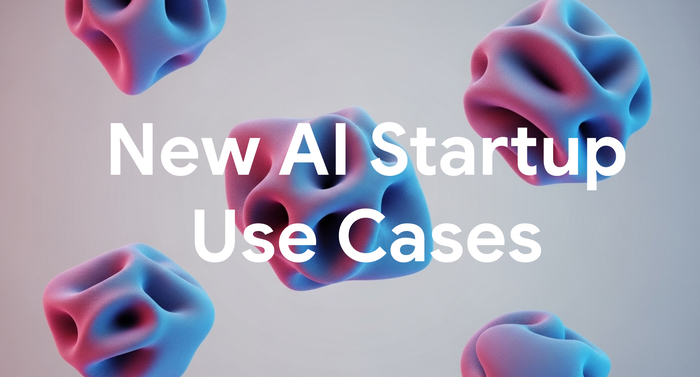Cloud Wisdom Weekly: 3 ways serverless can save money and accelerate app development
Rachel Tsao
Senior Product Manager
“Cloud Wisdom Weekly: for tech companies and startups” is a blog series dedicated to answering common questions our tech and startup customers ask us about leveraging data and building apps faster, smarter, and cheaper. In this installment, Google Cloud Product Manager Rachel Tsao explores how to save money and accelerate app development with serverless.
Capital efficiency and agility are key areas of focus for tech companies and startups, especially when less funding is available and investors are more likely to scrutinize spend and margins. As a result, it is important to improve unit economics for more runway and future fundraising.
In this article, we’ll look at ways serverless compute offerings, like Cloud Run and Cloud Functions on Google Cloud, can help engineering teams accelerate the capabilities of a single developer and save money.
3 ways to save with serverless compute
From better resource allocation to faster development, serverless platforms can help tech companies and startups in several ways.
1. Save on developer time and headcount
With serverless compute platforms, the service provider automatically takes care of autoscaling, operating system upgrades, and infrastructure provisioning. Serverless does not have Kubernetes nodes or clusters, so there are no associated operations to manage. This significantly reduces the need to hire headcount focused on DevOps. As a result, development teams can focus their time on innovation, not infrastructure.
For example, serverless containers with Cloud Run let engineering teams deploy code with any language and any binary—no skill set with containers necessary! Cloud Run can thus eliminate the need to hire developers with specialized language backgrounds, as well as time spent managing fat binaries. Instead, tech companies and startups can leverage their existing development teams, write code in their preferred language, and build quickly.
Similarly, Cloud Functions is designed for developer efficiency. It lets developers write tiny blocks of code in available runtimes to process events or connect cloud services, making services simple to build, connect, and maintain. Features such as BigQuery Remote Functions make it easy for developers to use custom code, written and hosted in Cloud Functions, to extend BigQuery SQL. This makes it simple to call APIs to enrich data in BigQuery.
As these capabilities attest, with severless, a developer can leverage their existing knowledge of a single framework and ecosystem to build scalable full stack operations, complete with a feature set that would have otherwise required a team of skilled backend engineers to build and maintain.
2. Pay only for resources used
Serverless platforms like Cloud Run and Cloud Functions automatically scale to the number of running instances needed to handle incoming requests. When there is no traffic, the service automatically scales to zero. This means customers only pay for the resources used, and there are no associated costs when there is no traffic— a very useful proposition for web applications, APIs, internal applications, and data processing pipelines.
Scaling to zero in Cloud Run and Cloud Functions provides flexibility but doesn’t mean risking the latency of a cold start: service can be kept warm and ready to serve requests via minimum instances that are charged at a fraction of a cost. Additionally, if an organization can predict its Cloud Run usage, the company can save up to 17% by committing to a consistent amount of usage for 1-year or 3-year terms.
3. Deploy more quickly and with higher quality
Serverless compute platforms are designed with DevOps best practices in mind. Google Cloud’s DevOps Research and Assessment (DORA) team surveys thousands of professionals each year to measure the top characteristics of the most efficient and effective teams for software delivery, for example. One of the top measures of innovative organizations is speed and frequency of deployments; teams that deploy more often get faster, more frequent opportunities for feedback on their code, which can enable easier debugging and higher-quality deployments. Cloud Run customers have been able to achieve faster deployment cycles and reduced time spent monitoring services, demonstrating how serverless can lead to better engineering output.
Increase developer productivity and cut costs with serverless
Leading VCs note that agility and focused spending are key traits of long-lasting companies. With Serverless, engineering teams can transform how they operate, deploy, and hire, all at a reduced cost. This can translate into increased runway while being able to automatically handle the demands of traffic.
For more tips on serverless cost optimization and best practices, reference our Architectural Framework and be sure to check out our previous edition of “Cloud Wisdom Weekly,” dedicated to AI/ML.



